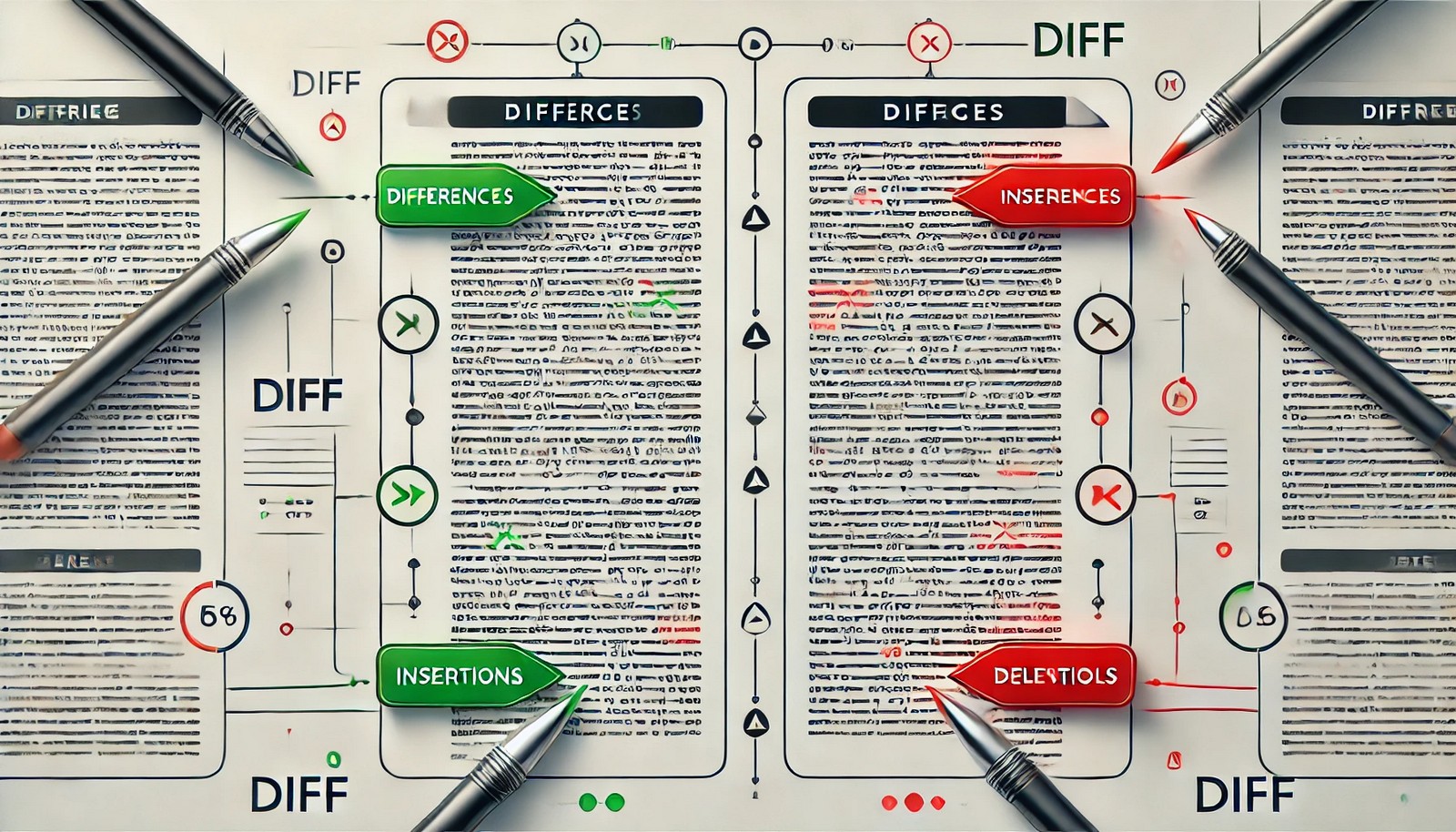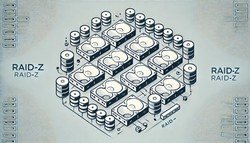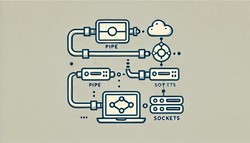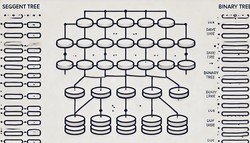Diff Algorithms
 (Representational Image | Source: Dall-E)
(Representational Image | Source: Dall-E)
Quick Navigation:
- Diff Algorithms Definition
- Diff Algorithms Explained Easy
- Diff Algorithms Origin
- Diff Algorithms Etymology
- Diff Algorithms Usage Trends
- Diff Algorithms Usage
- Diff Algorithms Examples in Context
- Diff Algorithms FAQ
- Diff Algorithms Related Words
Diff Algorithms Definition
Diff algorithms are computational methods used to compare two sequences, typically text files or data structures, to determine differences between them. They are fundamental in version control systems, text comparison tools, and data synchronization processes. These algorithms operate by identifying inserted, deleted, or modified content between two versions of a document or dataset. Common types include the Myers diff algorithm, Patience diff, and histogram-based diff, each optimized for different efficiency and accuracy requirements.
Diff Algorithms Explained Easy
Imagine you have two copies of a story: one original and one where some words were changed. A diff algorithm works like a careful reader who highlights all the differences between the two stories—what was added, removed, or changed—so you can see exactly what’s different.
Diff Algorithms Origin
Diff algorithms originated in the 1970s with early text processing needs in computing. One of the first widely used implementations was Unix's diff command, introduced in 1974. Since then, many variations have been developed, improving performance and accuracy for different applications, from software development to data comparison tools.
Diff Algorithms Etymology
The term "diff" comes from the word "difference," referring to the process of identifying changes between two sequences.
Diff Algorithms Usage Trends
Diff algorithms have seen increasing use with the rise of software development, collaboration tools, and data versioning. They are critical in version control systems like Git, enabling developers to track and merge code changes efficiently. Additionally, they are used in real-time document collaboration (e.g., Google Docs), data synchronization (e.g., backup systems), and debugging tools that analyze differences in logs or outputs.
Diff Algorithms Usage
- Formal/Technical Tagging:
- Software Engineering
- Text Processing
- Version Control - Typical Collocations:
- "diff algorithm efficiency"
- "text diff comparison"
- "version control diff"
- "computational diff method"
Diff Algorithms Examples in Context
- A developer uses Git's diff algorithm to review code changes before merging them into the main project.
- A document comparison tool highlights differences between two contract versions using a diff algorithm.
- Cloud storage services utilize diff algorithms to update only changed parts of files rather than re-uploading entire documents.
Diff Algorithms FAQ
- What is a diff algorithm?
A diff algorithm is a method for comparing two sequences, such as text files, to find differences in content. - Where are diff algorithms used?
They are widely used in version control systems, document comparison, data synchronization, and debugging tools. - What is the Myers diff algorithm?
The Myers algorithm is a widely used method for computing the shortest edit script between two sequences. - How do diff algorithms work in Git?
Git uses diff algorithms to highlight changes in code, helping developers track modifications and resolve conflicts. - Are all diff algorithms the same?
No, different algorithms exist, such as Patience Diff, Histogram Diff, and Myers Diff, each optimized for different use cases. - Can diff algorithms compare binary files?
Some diff algorithms can compare binary files, though they typically work best with text-based content. - What is the fastest diff algorithm?
It depends on the dataset and use case, but histogram-based diff algorithms and optimized line-based approaches often offer high performance. - How do diff algorithms handle large files?
They use techniques like chunking, hashing, and tree-based structures to efficiently compare large datasets. - Do diff algorithms work with real-time collaboration?
Yes, modern diff techniques are used in real-time document editing to track and merge changes seamlessly. - How do diff algorithms help in debugging?
They allow developers to compare log files, configuration changes, or test outputs to identify issues quickly.
Diff Algorithms Related Words
- Categories/Topics:
- Software Development
- Data Comparison
- Text Analysis
Did you know?
The Unixdiffcommand, introduced in 1974, became the foundation for modern diff algorithms used in version control systems like Git. Its core logic, the Myers algorithm (developed in 1986), remains one of the most efficient approaches to detecting differences in sequences.
Authors | Arjun Vishnu | @ArjunAndVishnu

PicDictionary.com is an online dictionary in pictures. If you have questions or suggestions, please reach out to us on WhatsApp or Twitter.
I am Vishnu. I like AI, Linux, Single Board Computers, and Cloud Computing. I create the web & video content, and I also write for popular websites.
My younger brother, Arjun handles image & video editing. Together, we run a YouTube Channel that's focused on reviewing gadgets and explaining technology.
















Comments (0)
Comments powered by CComment